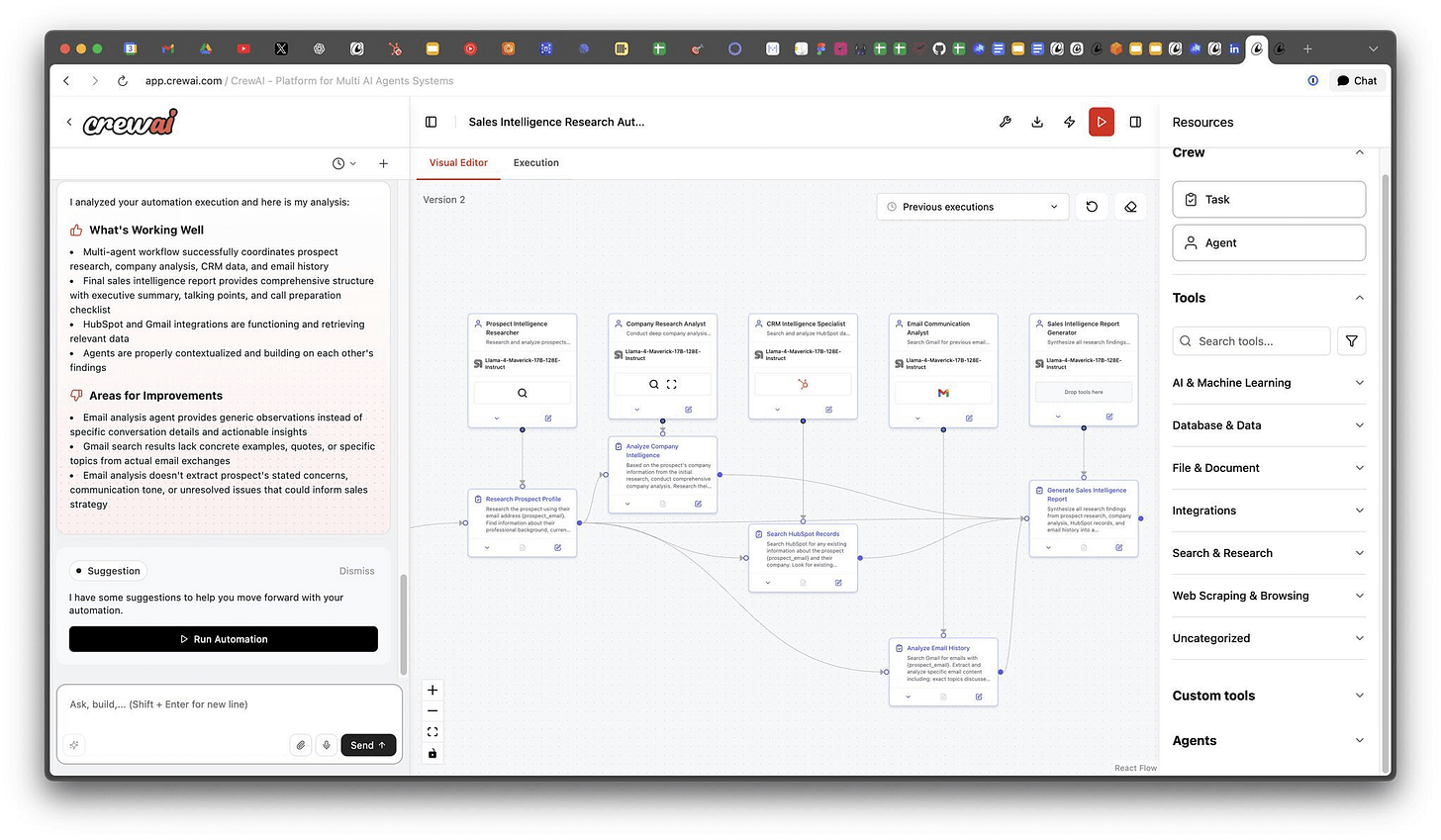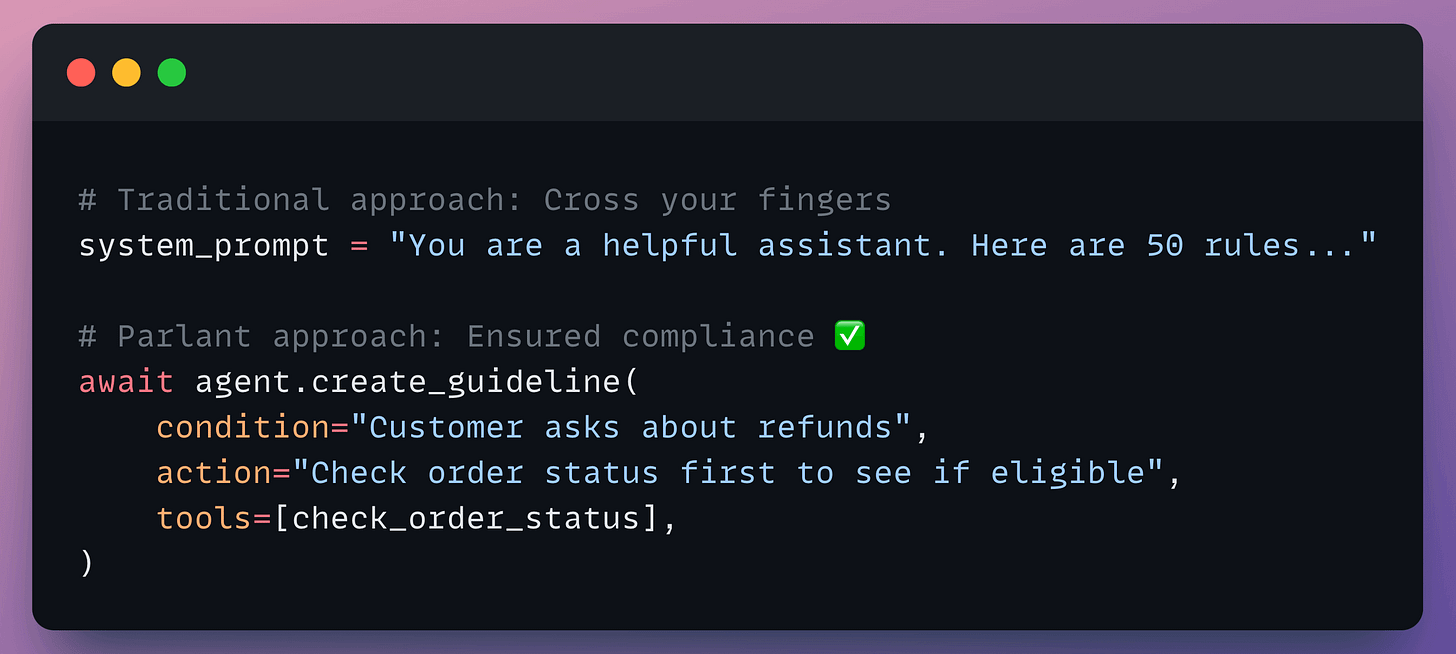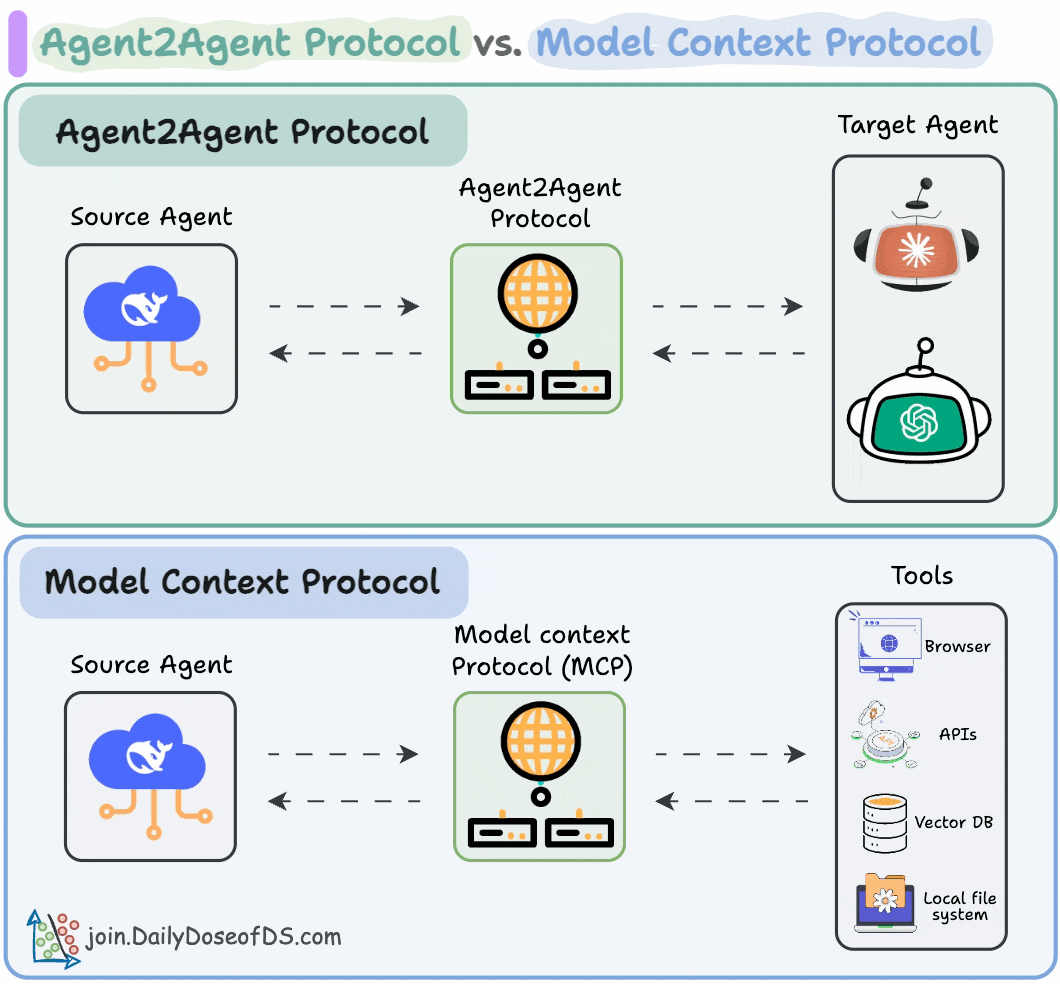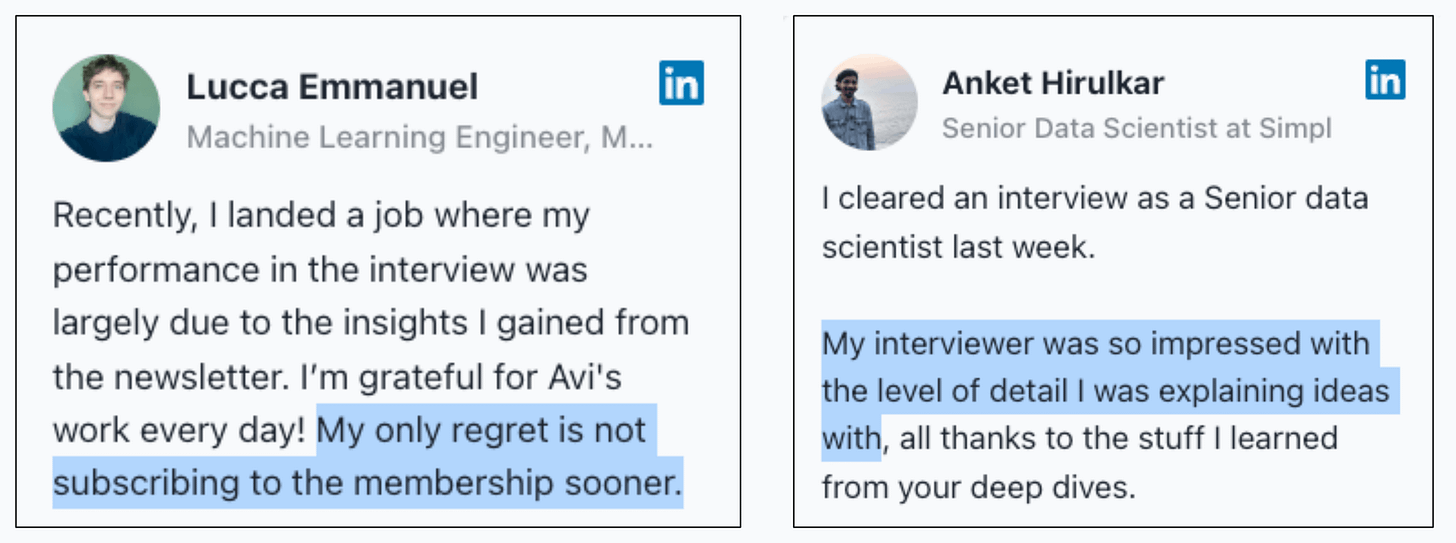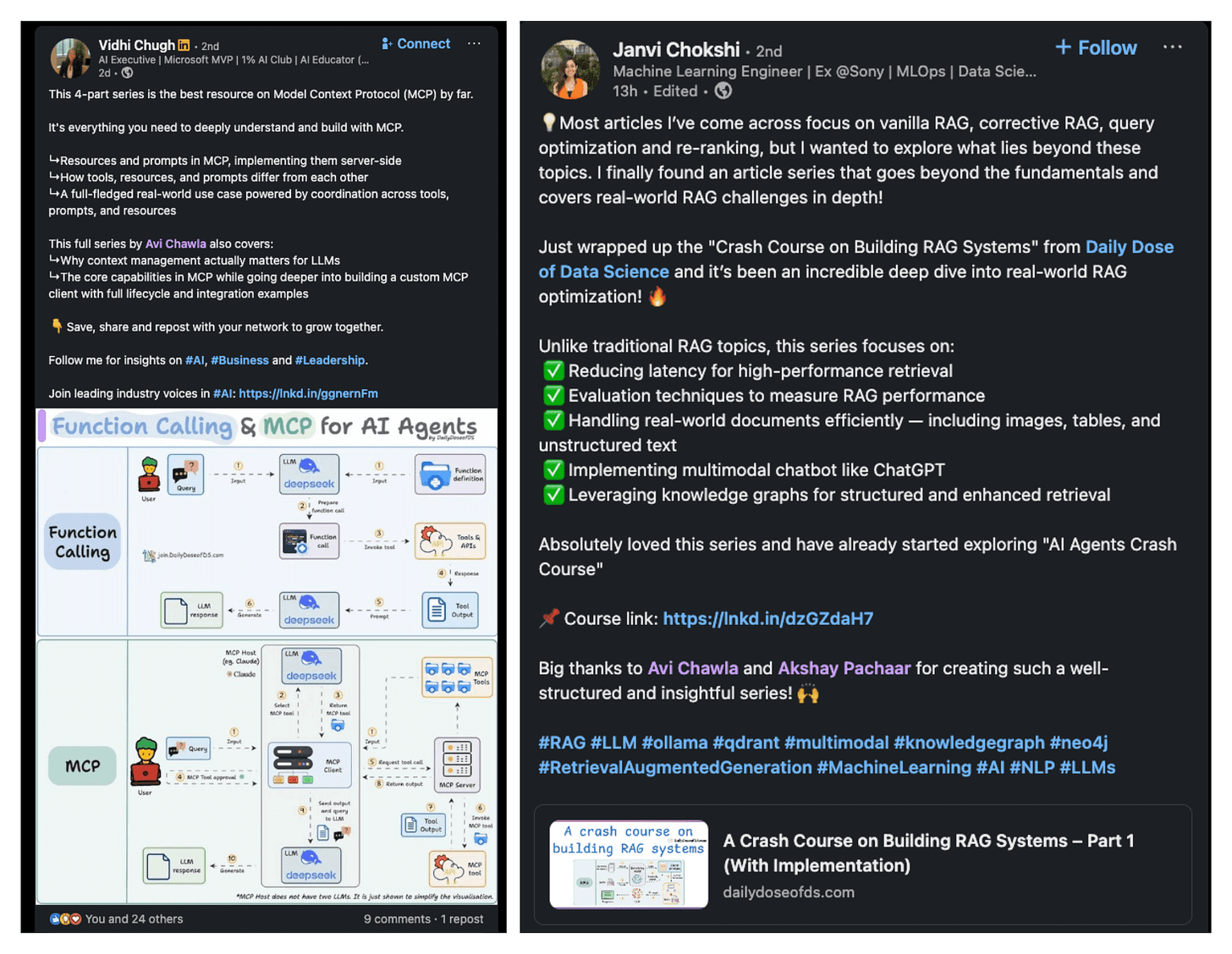30 Must-Know Agentic AI Terms
...explained with usage in Agentic systems.
CrewAI AMP: The OS for Agents in Production
CrewAI has launched the Agent Management Platform (AMP), using which you can now build and deploy entire crews of AI agents without writing code.
This gives you:
Visual drag-and-drop builder with AI copilot assistance
Native integrations with Slack, Gmail, Salesforce, HubSpot, Asana, Teams
Real-time tracing shows exactly what agents are doing and why
Automated training improves agents without manual intervention
Deploy on your infrastructure (AWS, Azure, GCP) or use CrewAI Cloud
It’s built for both non-technical teams to design workflows visually as well as devs who need full programmatic access for complex orchestration.
The platform handles the entire lifecycle: build, test, deploy, monitor, and scale.
30 Must-Know Agentic AI Terms
We just put together a quick visual guide to the 30 most important terms in Agentic AI, covering some of the most essential things you need to understand about how modern AI agents actually think, act, and collaborate.
If you’ve been exploring agent frameworks like CrewAI, LangGraph, or AutoGen, this glossary will help you connect the dots between key building blocks.
Agent: An autonomous AI entity that perceives, reasons, and acts toward a goal (covered with full implementations here).
Environment: The world or system in which an agent operates and interacts.
Action: A response or task performed by an agent based on its reasoning or goals.
Observation: The data or input an agent receives from its environment at any given moment.
Goal: The desired outcome that an Agent is designed to achieve.
LLMs: Large Language Models that enable agents to reason and generate natural language.
Tools: APIs or utilities agents use to extend their functionality and capabilities to interact with the world.
Evaluation: The process of assessing how well an agent performs against its intended goals (covered here with implementation).
Orchestration: The coordination and control of multiple agents working together to achieve complex tasks.
Multi-agent system: A group of agents collaborating to accomplish a final goal (implemented from scratch in pure Python here).
Human-in-the-loop: A setup where humans intervene or guide the agent’s decision-making process.
Reflection: The agent’s process of self-assessing its actions to improve future performance.
Planning: Determining the sequence of steps an agent must take to reach its goal (implemented from scratch in pure Python here).
ReAct: A framework where reasoning (thought) and acting (tool use) are combined step by step (implemented from scratch in pure Python here).
Feedback loop: A continuous process of collecting outcomes, observing effects, and adjusting actions.
Context window: The maximum amount of information an agent can consider at once.
System prompt: The persistent background instructions or personality that define an agent’s behavior.
Few-shot learning: Teaching an agent new behaviors or tasks with just a few examples.
Hierarchical Agents: A multi-level agent structure where a supervisor agent delegates tasks to sub-agents.
Short-term memory: Temporary context stored during a single session or conversation.
Long-term memory: Persistent context stored across multiple sessions for continuity and learning (covered in detail here with code).
Knowledge base: A structured repository of information that agents can use for reasoning and decision-making (covered in detail here with code).
Context engineering: The practice of shaping what information an agent sees to optimize its output (here’s a demo we covered).
Guardrails: Rules or boundaries that prevent an agent from taking harmful or undesired actions (covered with code here).
Tool call: An API invocation made by an agent to perform a specific task.
Guidelines: Policies or constraints that keep an agent’s behavior aligned with desired outcomes.
ARQ: A new structured reasoning approach where an agent solves complex, domain-specific problems step by step (covered here).
MCP: A standardized way for agents to connect to external tools, APIs, and data sources (learn how to build MCP servers, MCP clients, JSON-RPC, Sampling, Security, Sandboxing in MCPs, and using LangGraph/LlamaIndex/CrewAI/PydanticAI with MCP here).
A2A: Agent-to-Agent protocol enabling agents to communicate and exchange data directly (here’s a visual guide).
Router: A mechanism that directs tasks to the most appropriate agent or tool.
Each of these terms forms a key piece of the agentic AI ecosystem that AI engineers should know.
👉 Over to you: What important terms have we missed?
Thanks for reading!
P.S. For those wanting to develop “Industry ML” expertise:
At the end of the day, all businesses care about impact. That’s it!
Can you reduce costs?
Drive revenue?
Can you scale ML models?
Predict trends before they happen?
We have discussed several other topics (with implementations) that align with such topics.
Here are some of them:
Learn everything about MCPs in this crash course with 9 parts →
Learn how to build Agentic systems in a crash course with 14 parts.
Learn how to build real-world RAG apps and evaluate and scale them in this crash course.
Learn sophisticated graph architectures and how to train them on graph data.
So many real-world NLP systems rely on pairwise context scoring. Learn scalable approaches here.
Learn how to run large models on small devices using Quantization techniques.
Learn how to generate prediction intervals or sets with strong statistical guarantees for increasing trust using Conformal Predictions.
Learn how to identify causal relationships and answer business questions using causal inference in this crash course.
Learn how to scale and implement ML model training in this practical guide.
Learn techniques to reliably test new models in production.
Learn how to build privacy-first ML systems using Federated Learning.
Learn 6 techniques with implementation to compress ML models.
All these resources will help you cultivate key skills that businesses and companies care about the most.


